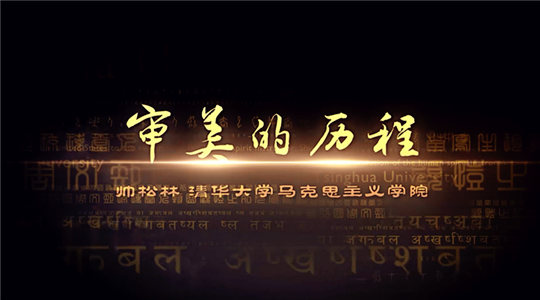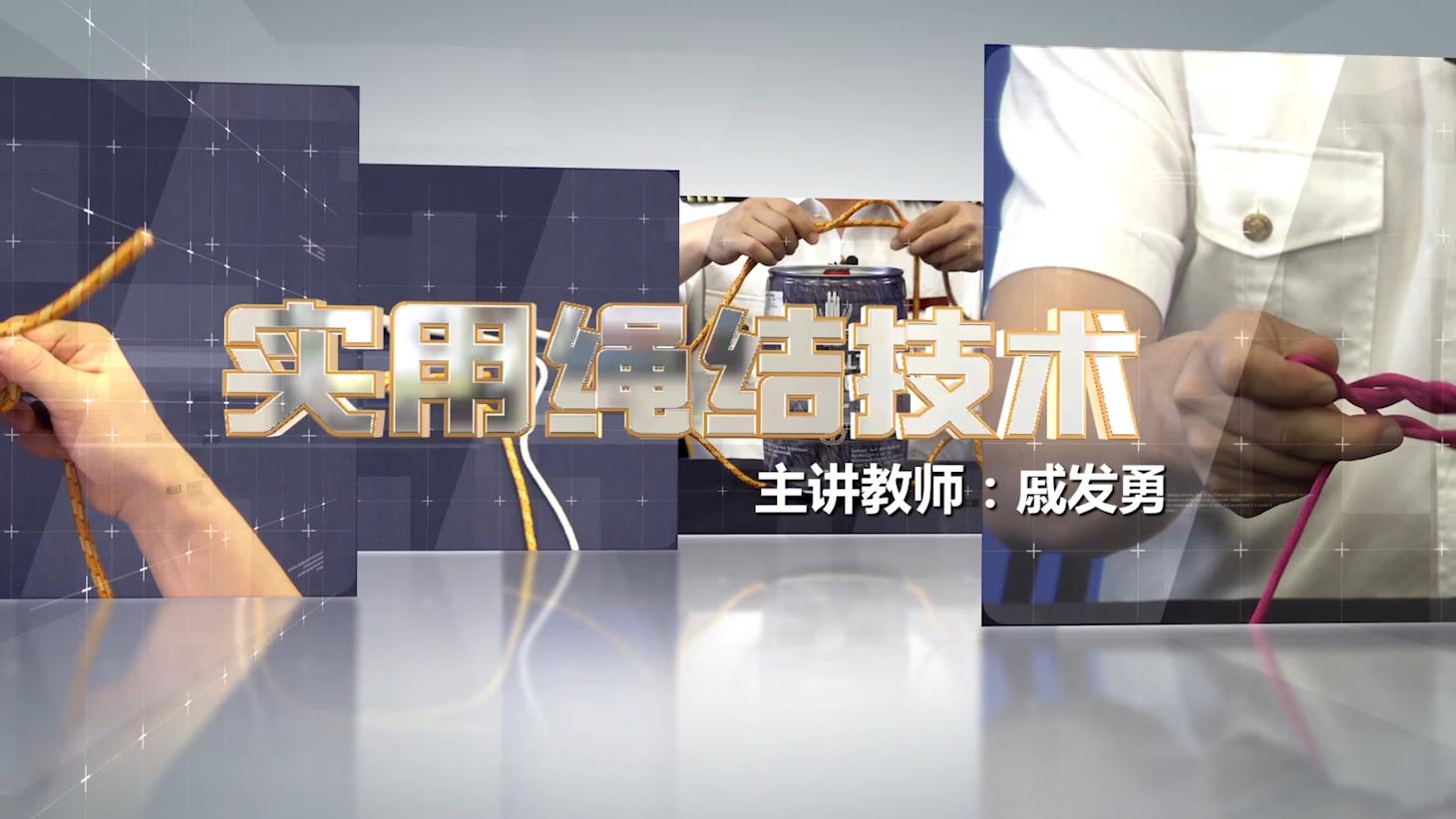
当前课程知识点:大学英语七能拓展 > Chapter 6 研究- How to read and write academic essays? > SUPPLEMENTARY READING > Raw HTML
1 What is your aim?
What have you been asked to do? Be clear about the purpose of the writing task. • Check with your tutor if you are not sure. • Follow the instructions. • See 2 Getting Ready to Write for more about interpreting assignment questions.
2 Who is your audience?
Your marker is your most important reader. Although the marker may know more about the subject than you, it’s still important not to leave out any basic or essential information. Show the marker that you have a thorough knowledge of the material and the subject. Present the information in an academic style that meets the assignment criteria. • Imagine you are writing this to teach someone about the topic. Be specific and clear. • See Academic writing: paragraph level (section 4. 1) and Academic writing: sentence level (section 4. 2) for more information on how to write with greater clarity.
3 What is academic tone and how to get it?
Tone affects how the reader responds. It’s the way the level and style of writing makes the reader feel. For example, an email to a friend has a casual tone; a letter to the bank has a formal tone. An academic tone is formal, objective and factual. (See 3. 4. 3 Informal vs. formal language) Setting the right tone depends on: • The nature and purpose of the task. • The lecturer’s requirements. • The assignment type – e.g. case study, report, reflective journal, literature review. Each assignment type has different expectations of structure and suitable language use. • The social distance between you and your reader. Do you need a personal or impersonal tone, an informal or formal writing style? • Set the tone with writing that is factual, objective and supported by evidence.
4 A checklist of academic writing features
• Linear: One central argument with all parts combining to support it. • Informative: The aim is to provide information not entertainment. I. Academic Writing & Process • Complex: Written using more complex grammar, vocabulary and structures. • Formal: Not a personal tone so avoid using colloquial words and expressions. • Precise: Facts and figures used must be correct. • Objective: Emphasis on information and arguments not on you (the writer). Academic writing focuses on nouns (and adjectives), rather than verbs (and adverbs). (See ‘Nominalization’ in 3. 4. 3 Informal vs. formal language) • Explicit: Show the reader how the different parts of the text are related by the using signalling or transition words. • Accurate: Know the meanings of words, particularly subject specific words and use them accurately. • Qualification: Also called ‘hedging.’ You might need to qualify your stance or the strength of your claims. Perhaps there is no research available or the research is contradictory. Using words like occasionally, a few, can be, might be, are a way to qualify generalisations. • Responsibility: You are responsible for proving what you say with evidence and for a complete understanding of the sources you use.
For more information on the various assignment types, see Academic Writing 2 -
Assignment types.
Adapted from the following sources:
Morley-Warner, T. 2000, Academic writing is… A guide to writing in a university context, Centre
for Research and Education in the Arts, Sydney.
Learning Development, University of Wollongong 2000, Academic Writing, viewed 10 June
2012,
(http://www.lib.uts.edu.au/)
-1.1 How to introduce yourself in daily communications?
--How to introduce yourself in daily communications?(1)
--How to introduce yourself in daily communications?(2)
--How to introduce yourself in daily communications?(3)
-1.1 How to introduce yourself in daily communications?--作业
-1.2 How to market yourself with a powerful CV?
--How to market yourself with a powerful CV?(1)
--How to market yourself with a powerful CV?(2)
-1.2 How to market yourself with a powerful CV?--作业
-1.3 Case study: at the job interview
--Case study: at the job interview
-1.3 Case study: at the job interview--作业
-SUPPLEMENTARY READING
--Raw HTML
--Curriculum Vitae (CV) Samples and Writing Tips
-DISCUSSION
-2.1 What is a story?
-2.1 What is a story?--作业
-2.2 Types of story
-2.2 Types of story--作业
-2.3 How to make a story?
-2.3 How to make a story?--作业
-2.4 How to appreciate a story? — Case Study
--How to appreciate a story? — Case Study(1)
--How to appreciate a story? — Case Study(2)
-2.4 How to appreciate a story? — Case Study--作业
-SUPPLEMENTARY READING
--html
--html
--白象似的群山
-DISCUSSION
-3.1 What is an argument for?
-3.1 What is an argument for?--作业
-3.2 What is debate for?
-3.2 What is debate for?--作业
-3.3 How to be a good debater?
--How to be a good debater?(1)
--How to be a good debater?(2)
--How to be a good debater?(3)
-3.3 How to be a good debater?--作业
-SUPPLEMENTARY READING
--html
--html
-DISCUSSION
--html
-4.1 What is public speaking?
-4.1 What is public speaking?--作业
-4.2 Making preparation
-4.2 Making preparation--作业
-4.3How to make effective public speaking?
--How to make effective public speaking?(1)
--How to make effective public speaking?(2)
--How to make effective public speaking?(3)
-4.3How to make effective public speaking?--作业
-4.4 Case Study (Speech/TED)
--html
-4.4 Case Study (Speech/TED)--作业
-SUPPLEMENTARY READING
--html
-DISCUSSION
--html
-5.1 Strategic Points for Listening to a Lecture
--Strategic Points for Listening to a Lecture(1)
--Strategic Points for Listening to a Lecture(2)
--Strategic Points for Listening to a Lecture(3)
-5.1 Strategic Points for Listening to a Lecture--作业
-5.2 Why should You Take Lecture Notes
--Why should You Take Lecture Notes
-5.2 Why should You Take Lecture Notes--作业
-5.3 Trying Cornell Method of Note-taking
--Trying Cornell Method of Note-taking(1)
--Trying Cornell Method of Note-taking(2)
--Trying Cornell Method of Note-taking(3)
-5.3 Trying Cornell Method of Note-taking--作业
-5.4 Trying Mind Map
-5.4 Trying Mind Map--作业
-5.5 Trying Thinking Map
-5.5 Trying Thinking Map--作业
-SUPPLEMENTARY READING
--html
-DISCUSSION
--html
-6.1 How to think independently?
--How to think independently?(1)
--How to think independently?(2)
--How to think independently?(3)
-6.1 How to think independently?--作业
-6.2 What is Academic Essay?
-6.2 What is Academic Essay?--作业
-6.3 Tips in Reading and Writing Academic Essays
--Tips in Reading and Writing Academic Essays(1)
--Tips in Reading and Writing Academic Essays(2)
--Tips in Reading and Writing Academic Essays(3)
--Tips in Reading and Writing Academic Essays(4)
--Tips in Reading and Writing Academic Essays(5)
--Tips in Reading and Writing Academic Essays(6)
-6.3 Tips in Reading and Writing Academic Essays--作业
-SUPPLEMENTARY READING
--Raw HTML
--Raw HTML
-DISCUSSION
--html
-7.1 一带一路与中国文化自信 The Belt and Road Initiative and Confidence in Chinese Culture
--7.1 一带一路与中国文化自信 The Belt and Road Initiative and Confidence in Chinese Culture
--7.2 Xi Jinping: The Governance of China(II)
-We


